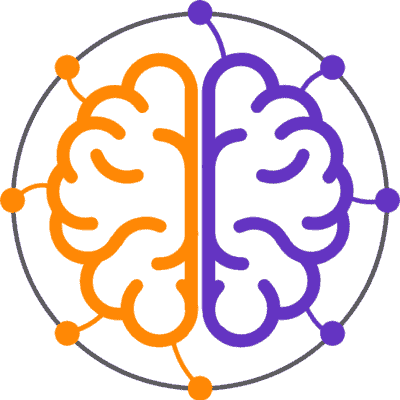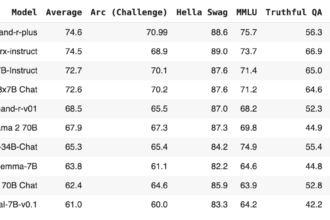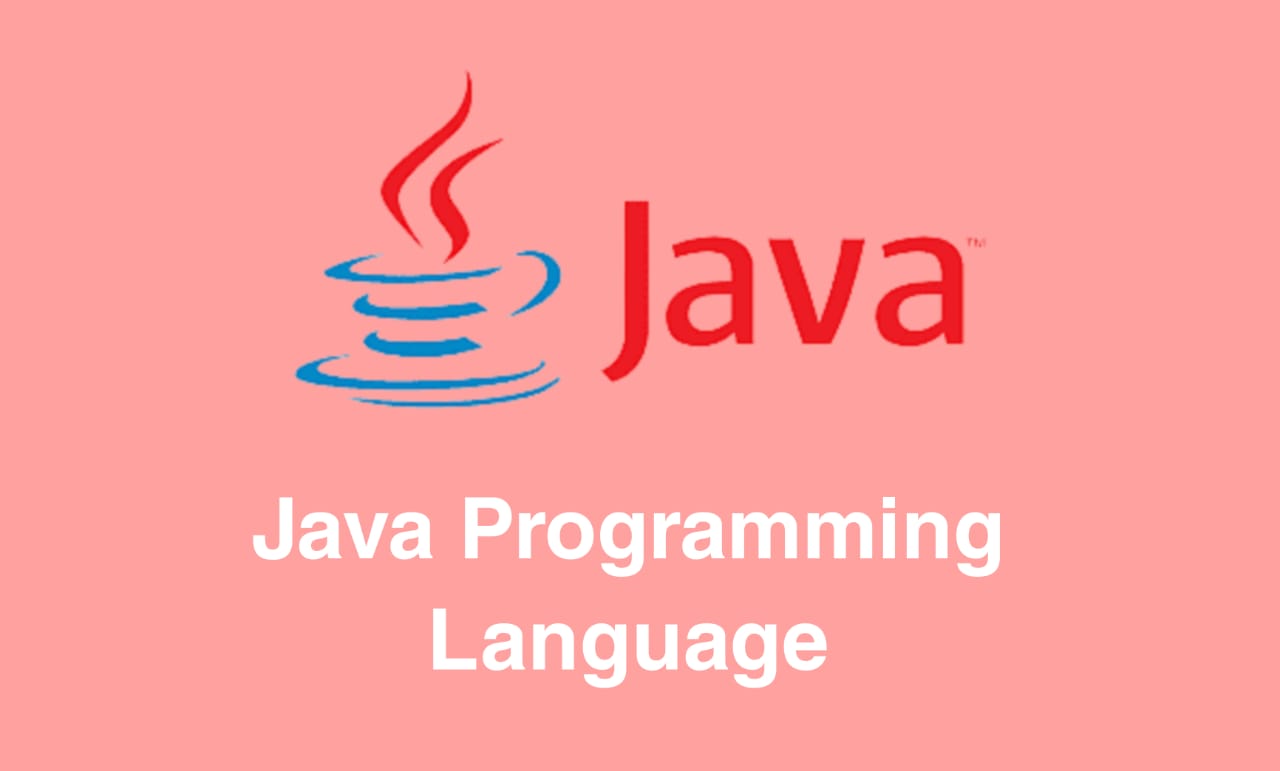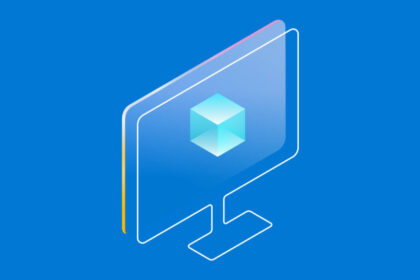Java, developed as “Oak” by James Gosling in the early 1990s, later renamed “Java,” has evolved into a widely-used versatile programming language.
Introduction
Java is a widely-used, Object-Oriented programming language known for its versatility and platform independence. In this article, we will delve into the rich history of Java, tracing its origins, development milestones, and key features.
Origins of Java
Java’s journey began in the early 1990s when a team led by James Gosling, Mike Sheridan, and Patrick Naughton at Sun Microsystems embarked on a project to create a language for digital devices. Originally called “Greentalk,” it aimed to serve set-top boxes and other electronic appliances. However, it later evolved into a more extensive and powerful language known as Oak.
Why “Oak”?
The name Oak was chosen as a symbol of strength, inspired by the oak tree outside James Gosling’s office. Oak was designed to be compiled into bytecode and run on a virtual machine, specifically the Java Virtual Machine (JVM).
The History of “Java”
In 1995, Oak was rebranded as “Java.” The name was selected from various suggestions like Silk, Jolt, DNA, and more. The final choice, “Java,” was inspired by an espresso bean, reflecting the language’s unique and energetic nature.
Evolution of Java Versions
Java has seen continuous development and expansion since its inception. Here is a brief overview of key Java versions and their major features:
- JDK Beta (1995): The first version of Java was released in 1995, setting the foundation for subsequent versions.
- JDK 1.0 (January 1996): Java 1.0 introduced the world to this new language, offering features like platform independence and security.
- JDK 1.1 (February 1997): This version added numerous enhancements, including inner classes, JavaBeans, JDBC, and more.
- J2SE 1.2 (December 1998): Codenamed “Playground,” this release featured the Swing graphical API, the integration of JIT compilation in Sun’s JVM, and introduced Java Naming and Directory Interface (JNDI).
- J2SE 1.3 (May 2000): Known as “KESTREL,” it brought HotSpot JVM, JavaSound, and Java Naming and Directory Interface (JNDI).
- J2SE 1.4 (February 2002): Codenamed “Merlin,” this version added regular expressions, image I/O, integrated XML parser and XSLT processor, and the Preferences API.
- J2SE 5.0 (September 2004): Named “Tiger,” it introduced features like the for-each loop, generics, autoboxing, and varargs.
- Java SE 6 (December 2006): Known as “Mustang,” it brought database management and enhanced support for scripting languages.
- Java SE 7 (July 2011): Codenamed “Dolphin,” this version added strings in the switch, dynamic language support, and more.
- Java SE 8 (March 2014): This release introduced lambda expressions, default methods, and a new date and time API.
- Java SE 9 (September 2017): It brought Project Jigsaw, introducing a module system for the Java SE platform.
- Java SE 10 (March 2018): Included improvements in Unicode language-tag extensions, thread-local handshakes, and more.
- Java SE 11 (September 2018): Added features like dynamic class-file constants, Epsilon garbage collector, and an HTTP client.
- Java SE 12 (March 2019): Introduced experimental features such as the Shenandoah garbage collector and switch expressions.
Key Features of Java
Throughout its evolution, Java has maintained key features that contribute to its popularity:
- Platform Independence: Java’s “Write Once, Run Anywhere” capability allows it to run on various platforms with a JVM.
- Object-Oriented: Java is strongly grounded in Object-Oriented Programming principles, promoting encapsulation, abstraction, and inheritance.
- Robust and Secure: Features like automatic garbage collection, strong typing, and error handling mechanisms enhance program robustness and security.
- Distributed: Java supports the development of distributed and scalable applications through technologies like RMI and EJB.
- Simple and Familiar: Java’s clean syntax and similarities to languages like C++ make it easy to learn and use.
- Multi-Threaded: Java supports multithreading, enabling concurrent execution of tasks.
- High Performance: Java’s optimized bytecode execution results in high-performance applications.
- Dynamic and Extensible: Java allows dynamic linking of new class libraries, methods, and objects, adapting to evolving environments.
Java’s Ongoing Relevance
Java is still considered an essential programming language due to its well-developed and ever-evolving environment. Its platform independence, support for widespread programming paradigms, preference for Android app creation, plethora of APIs, and lively community make Java eternally influential among software development realms.
Conclusion
One of the most valuable and evergreen pieces of evidence that proves Java’s adaptability and long-lasting attractiveness is the long life cycle it has gone through. Throughout history, Java has experienced evolution from “Oak” into a strong, popular programming language. Even in modern times, software development relies on Java because of its numerous features and ongoing updates.











